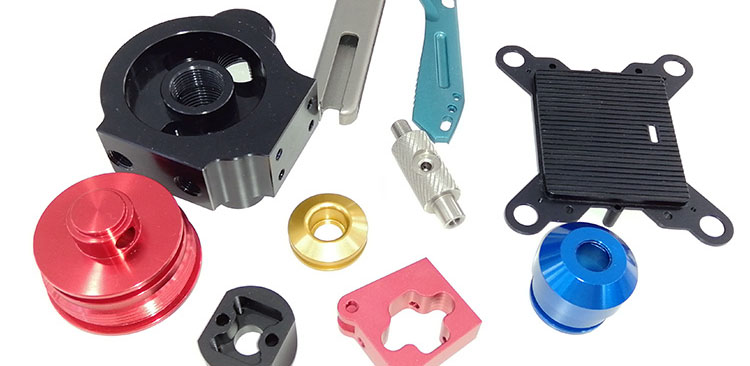1 – Strength Requirements
Strength refers to the ability of parts to work without cracking or causing plastic deformation beyond the allowable level, which is also the most basic requirement for normal operation and safe production of equipment.
The standard countermeasures for improving part strength are:
① Expand the specification of the risk profile of the part, and effectively design the profile of the scheme to expand the bending stiffness of the profile
② Select materials with high strength, carry out heat treatment process for materials to improve strength and reduce thermal stress, and manipulate the manufacturing process to reduce or eliminate external economic shortcomings, etc
③ To reduce the load in the part
④ Properly involve the construction of parts to reduce the stress level, etc.
2 – Stiffness Requirements
Stiffness refers to the ability of parts to work without causing excessive elastic deformation. This requirement is clearly put forward for some parts that need to reduce the working characteristics of the equipment because of the large elastic deformation.
The standard countermeasures for improving the overall stiffness of parts are:
Properly expand the section specification of the parts, effectively design the section appearance of the parts in the scheme, effectively add lifting ribs, select multiple guiding structures, etc
The standard countermeasures to improve the contact stiffness of parts include:
Improve the machining accuracy of the touching surface or moderately extend the contact area to reduce the working pressure of the enterprise.
3 – Service Life Requirements
The service life requirement is to require the parts to maintain normal operation without damage during the expected working period. The purpose of this requirement is to clearly put forward the parts that are damaged or corrosive during operation under variable geostress.
Because the main factors affecting the fatigue strength of part materials are stress, size, surface quality and environmental conditions, the main measures to improve the service life of parts are:
① Properly design part construction to reduce stress level
② Select production processing or surface strengthening solution to improve the surface quality of parts during work
③ Effectively select matching materials, lubricants and lubrication methods of friction pairs to improve the wear resistance of parts
④ Use corrosion-resistant materials to produce parts that work in corrosive substances
⑤ Use heat treatment process to improve the physical properties of part materials, or use rolling, shot blasting and other processing processes to cause beneficial internal stress on the surface of parts, etc
4 – Technological Requirements
The technological requirements of parts are that under the known technological conditions and manufacturing standards, the parts can be produced with less cost and workload, and easy to install. It is necessary to consider the production batch, materials, rough embryo manufacturing, processing methods, the whole installation process, application requirements and other aspects to effectively design the part structure.
5 – Economic requirements
The economic requirement of parts is to produce parts that meet technical standards with low cost and less construction time, which is closely related to the process of parts and affects the economic efficiency of mechanical equipment at a large level.
Measures such as reducing material consumption, using little or no surplus wool germ, replacing expensive materials with cheap materials, selecting high-quality and precious materials only in key parts, and selecting standardized parts as far as possible can be taken to improve the economy of parts.



